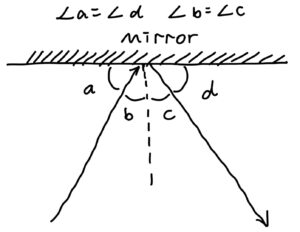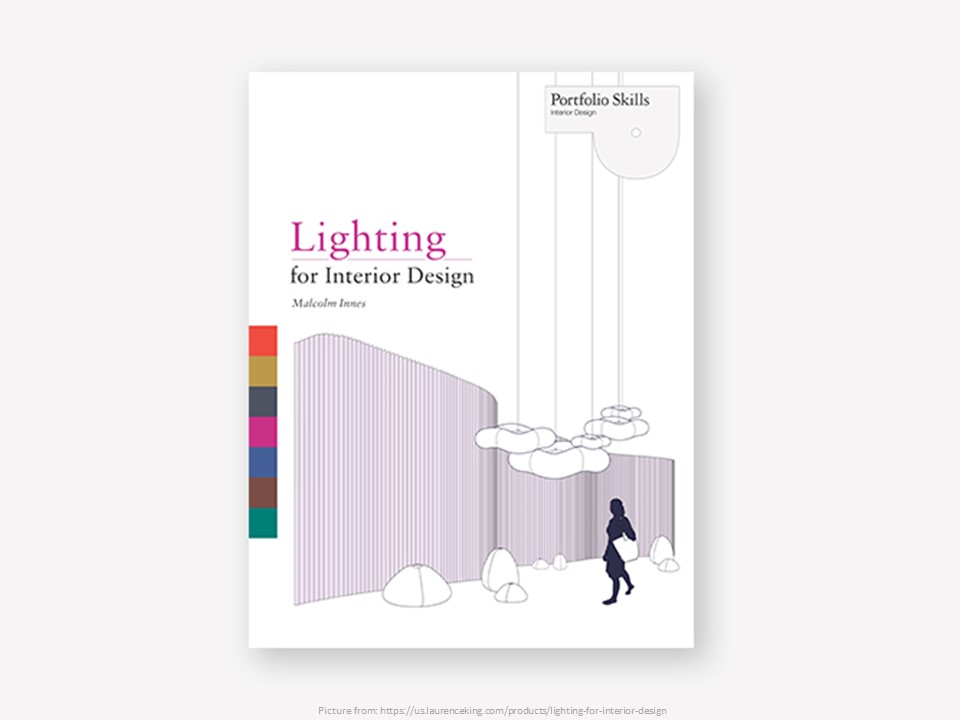- Light reveals colour and three-dimensional form, while directional plays of light expose the texture of surfaces and materials. These elements are so integral to the appreciation of space that without the carefully considered and appropriate application of light, interior design can never be truly great.
- Light has the power to influence the mood and atmosphere of space. Alerting the patterns of light, shade, and colour can make users feel relaxed or alert; warm and comfortable; cold and uneasy. Light and colour can be used to make users feel stimulated or subdued. Skilful use of light allows us to imbue interior designs with the sensations and emotions we want users to experience.
- Lighting design is a synthesis of art and science clouded by technical terms, complex physics, and mathematics.
The physics of light
Light is energy. It is electromagnetic energy in a range that our visual system is insensitive to and that gives us the sensation of sight.
Radiation with wavelengths between about 380 and 750 nm is the only part of the spectrum that we perceive as light.
Designers need to know
Some basic properties of light:
- The light travels in straight lines if it does not encounter other material
- A beam of light is invisible to us unless it strikes materials such as a solid surface or dust
- It becomes visible when it hits something that reflects some light toward our eyes
- Material that we describe as white or light-coloured appear so because they reflect more light than dark ones. (not simply the quantity of light we put into a space that makes it seem bright. It is the reflective properties of the surfaces in that space)
- Polished surfaces produce specular reflections, such as mirror
- Very matte surfaces produce diffuse reflections
- Shiny surfaces reflect more light than matte ones
- Light travels in a straight line, but when it moves from one transparent medium to another its path can be bent. (Refraction: happens when light passes between materials of different optical densities)
About the reflection:

-a beam of light hitting the mirror at an angle will be reflected back at the equal and opposite angle.
-white paper only produces a soft reflection. The light is reflected pretty equally in all directions.
-whether it is polished or matte, a coloured surface will impart some of its colours to the reflected light.
About the transparency
-a transparent material can never pass 100%of the light that hits it.
-normal window glass typically transmits a maximum of around 80% of the visible light that reaches it.
-glass, acrylic, fibre-optic cables (designed to redirect light by the process of total internal reflection)
Shadows
Designing a lighting scheme also means designing the location and depth of shadows. Shadows are a vital clue that our visual system uses to interpret the three-dimensional shape and texture of objects in our field of view.
A great deal of information about the light in a space can be inferred by the nature of a shadow: the number of light sources, their locations, the direction in which they focus their light, their relative intensities, and their distance from an object.
Colour
Different wavelengths give the sensation of different colours, with red centred around 700nm, green around 530nm, and blue around 470nm.
We tend to believe that the colours we see are an inherent feature of the materials; in fact, the colours we see are a feature of the light that illuminates the object.
Innes, M. (2012) Lighting for interior design / Malcolm Innes. London: Laurence King.
Back to Reading, please click here.



Leave a Reply